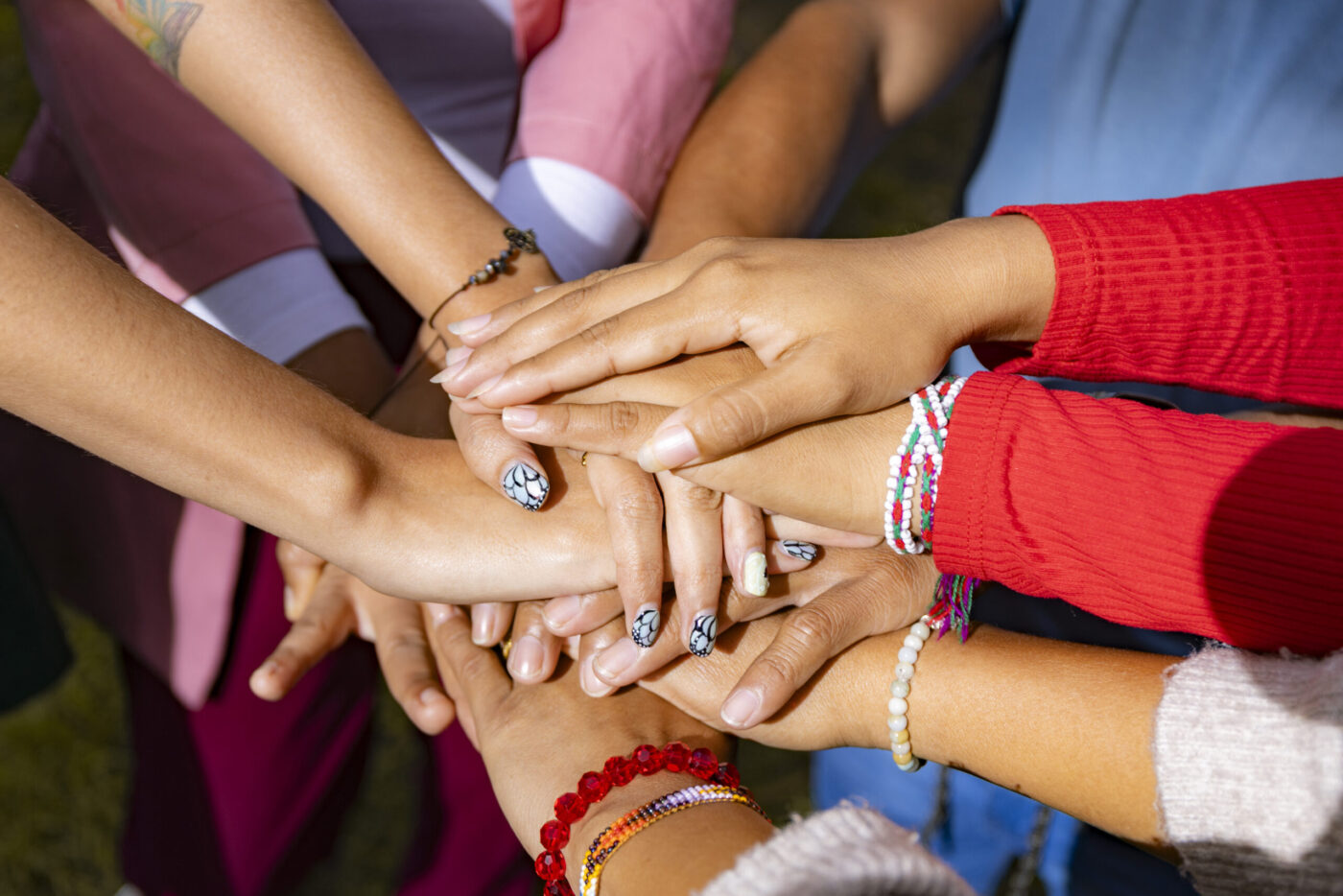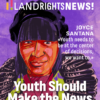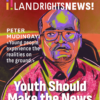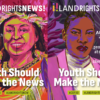By Astrid Peraza
When you ask young environmentalists if they love nature, they usually raise their hands in agreement. But what if they are asked if nature loves them back? Then, their answers are not as unanimous.
This is a common problem among young environmentalists: some of them truly believe that the Earth is indifferent to them and that they cannot offer it anything more than destruction.
Why do we still think humanity is the problem and see ourselves as a plague on the planet?
Nature does love us – our ancestors lived in harmony with it. They were one with it.
We need to see ourselves as part of nature again.
Across the Global South, women from Indigenous and local communities are leading the fight for climate justice with a worldview rooted in interconnection, justice and love for the Earth.
To understand how this love for nature manifests today, especially among communities deeply rooted in ecological knowledge, I spoke with two Caribbean women activists to learn how they became activists, the issues their communities face regarding land rights, and their hopes for the future.
Suriname: Where Indigenous land rights don’t exist
Suriname remains the only country in tropical South America that has yet to legally recognize the collective land rights of its Indigenous Peoples.
We are not recognized – not by our institutions, not by our government, says Ikihie, a descendant of the Lokono and the Kaliña Nation.
So, we also don’t have rights to the lands that we live on… the struggles that we are facing when it comes to land grabbing.

Illegal bauxite and gold mining are among the many issues facing Ikihie’s community.
“Because we don’t own nothing, we can’t do nothing,” she explains.
Her activism came not from tradition but from a desire to connect with her identity.
“At some point in your life, you make some changes, and you look to do something with a purpose,” she recalls. “That was the moment I started asking: who am I as an Indigenous person?”
Her journey led her to activism focused on protecting land and rebuilding identity.
“Our focus is especially on children, women and youth,” she explains.
“We want to teach them about defending their rights, but we also want them to identify as Indigenous people – to preserve their spiritual bonding, their connection with nature, with forests, with rivers and the living creatures.”
Rebuilding Dominica
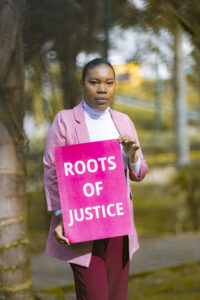 Kahina Abayatara started as a social activist after learning that 70 percent of people in the Kalinago Territory lived in poverty.
Kahina Abayatara started as a social activist after learning that 70 percent of people in the Kalinago Territory lived in poverty.
“I campaigned about the social issues that we were facing as marginalized and vulnerable Indigenous people in the Caribbean.”
When Hurricane Maria struck in 2017, it devastated the territory.
“When disaster strikes, women and children are 14 times more likely to die than men.”
Her current project focuses on reintroducing Kalinago culture, training youth in climate advocacy, and empowering women.
It seems that despite being the largest Indigenous community in the eastern Caribbean, international organizations tend to forget us.
We are part of nature
To all of the young activists out there who love nature as much as we do, let us tell you this: nature loves you back.
As Ikihie put it simply: “women are the front fighters of life… Without women, there is no life and no future.”
We need the strength and spirit of Indigenous women leading the charge for environmental justice and re-loving the Earth.
